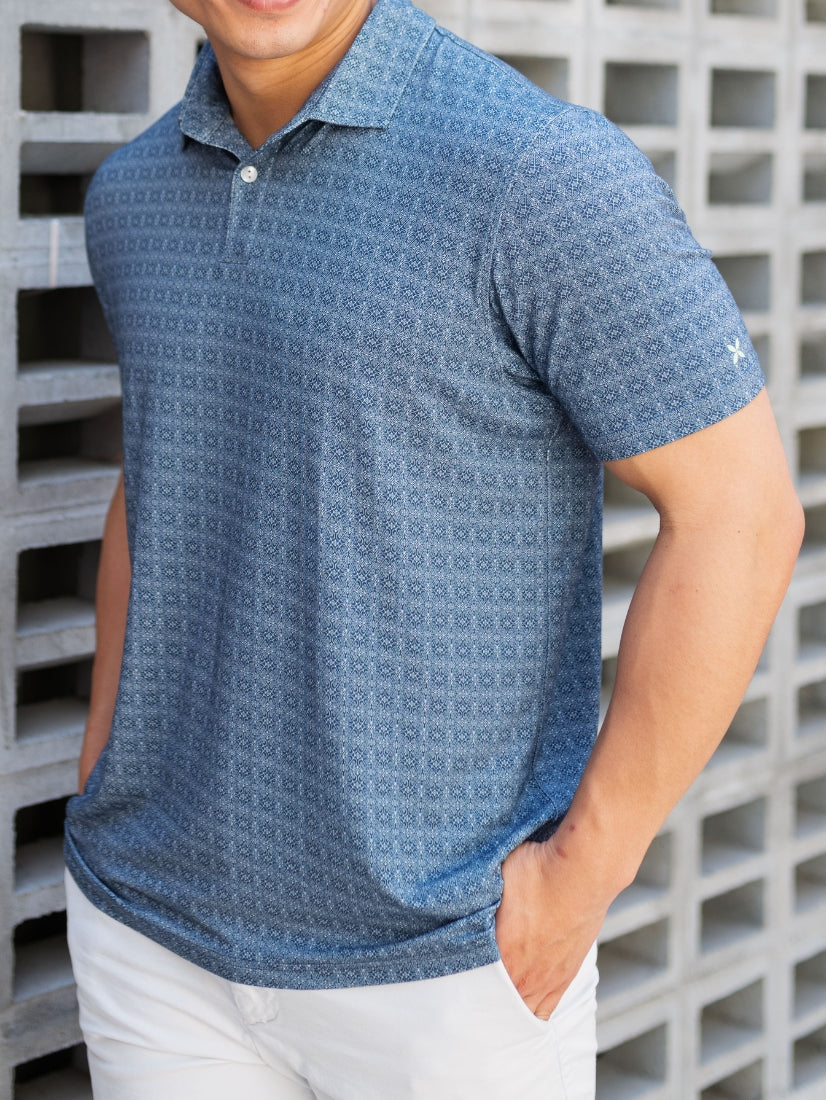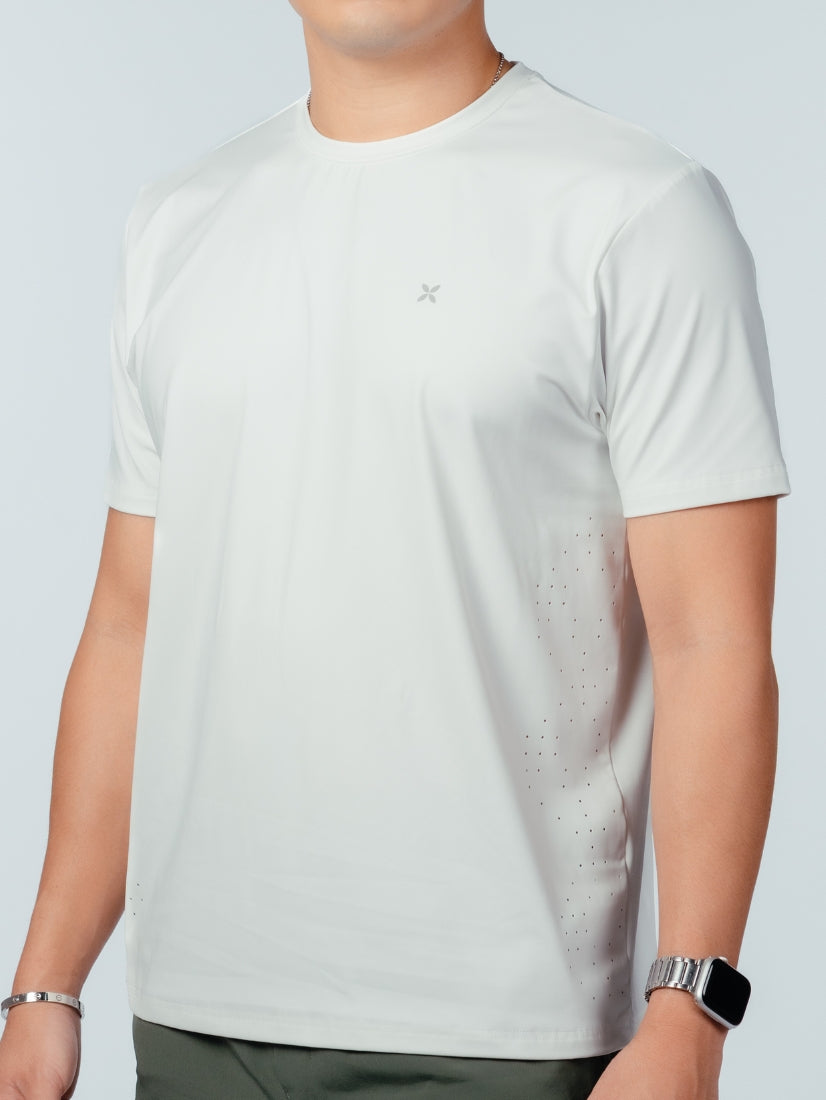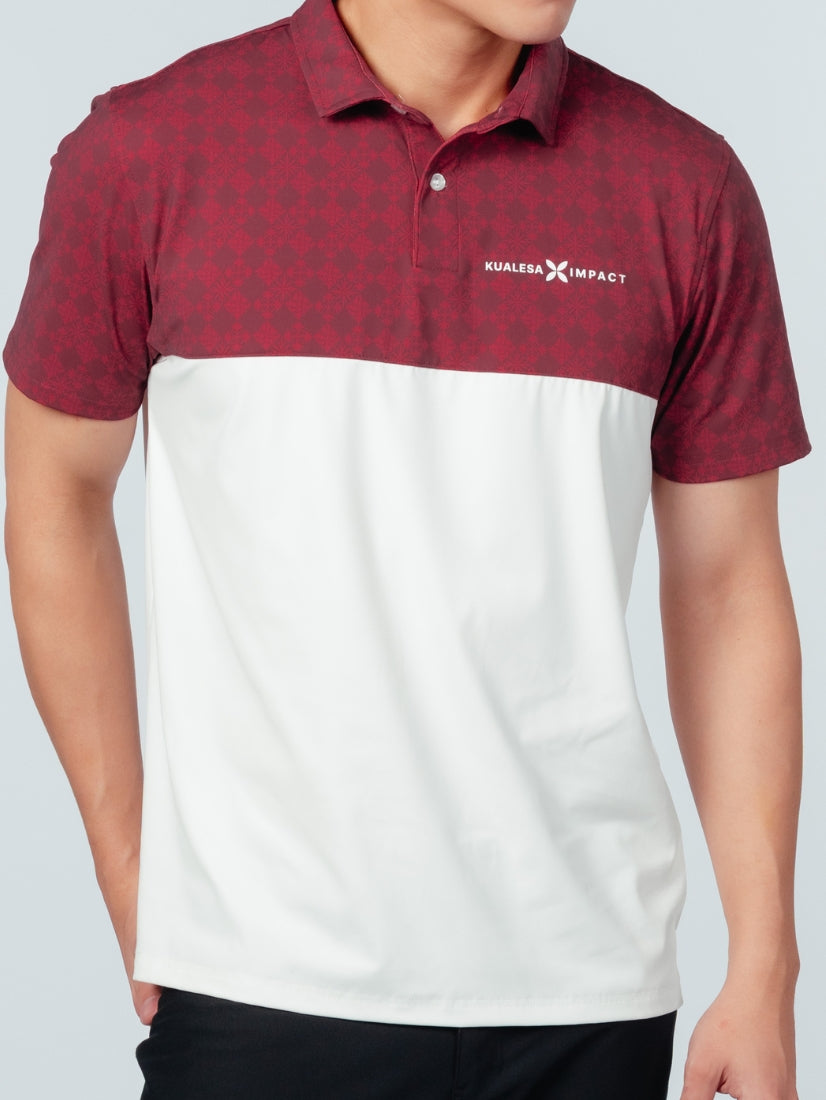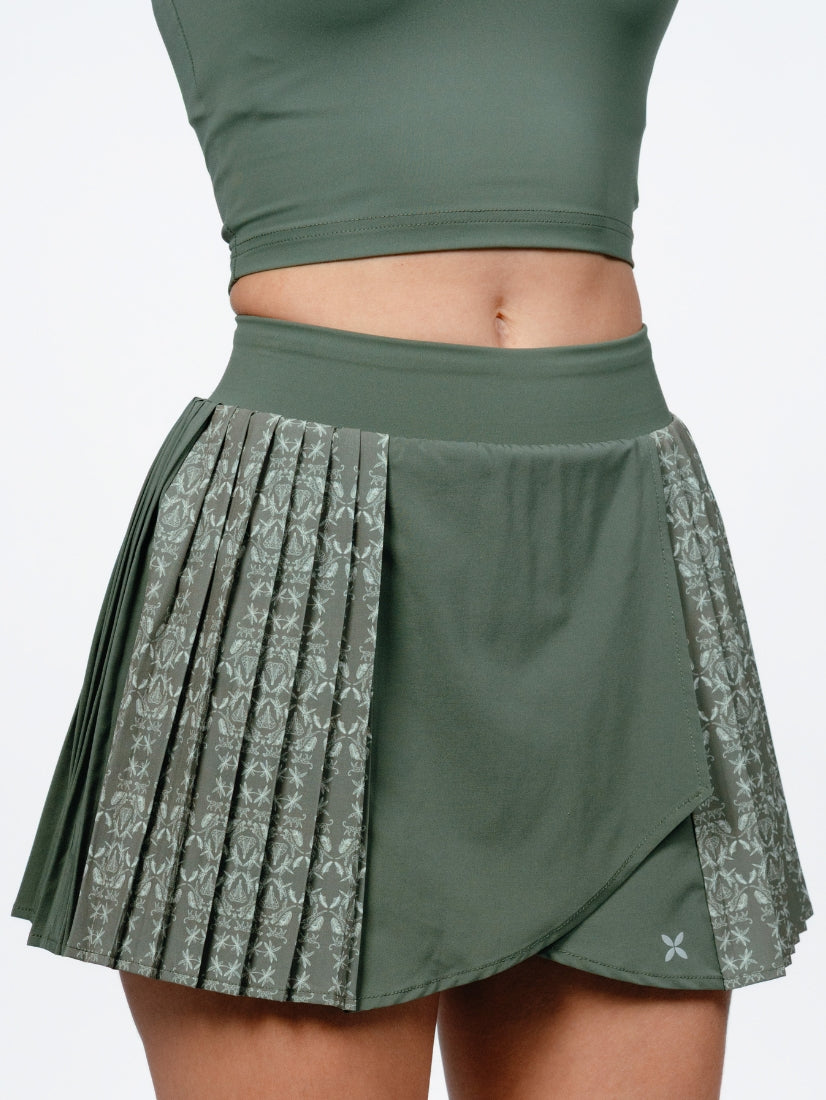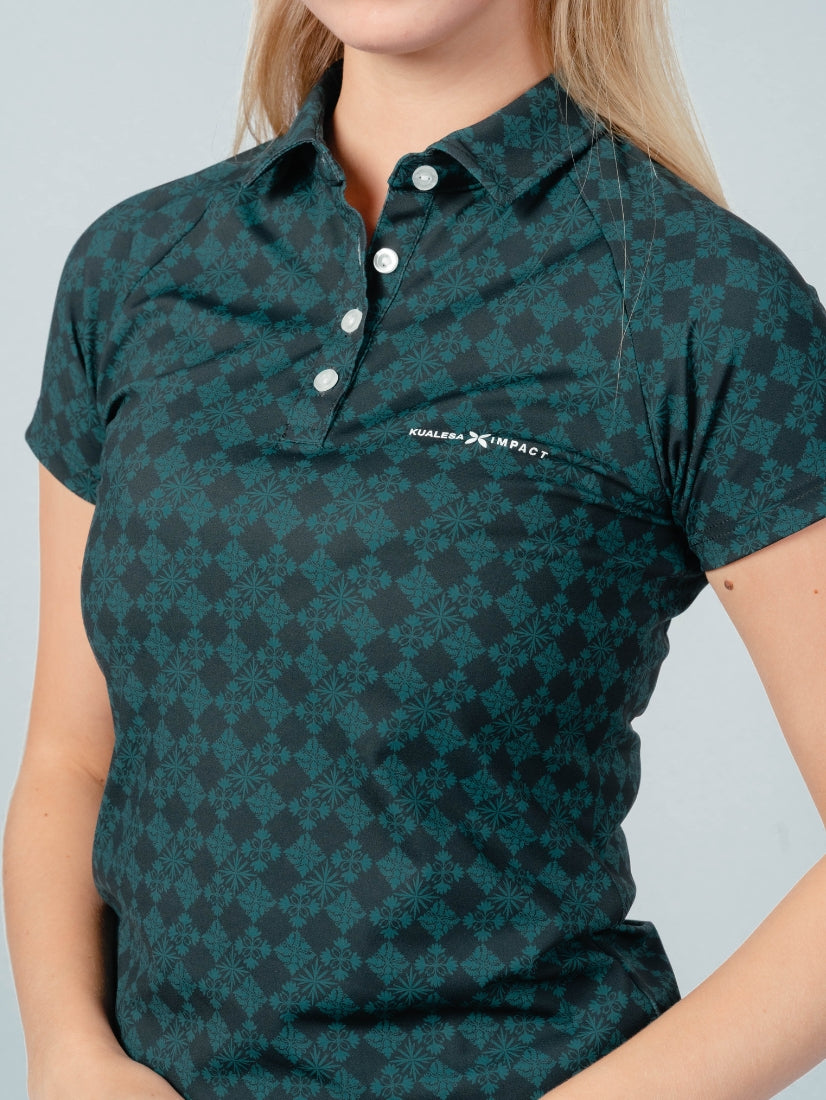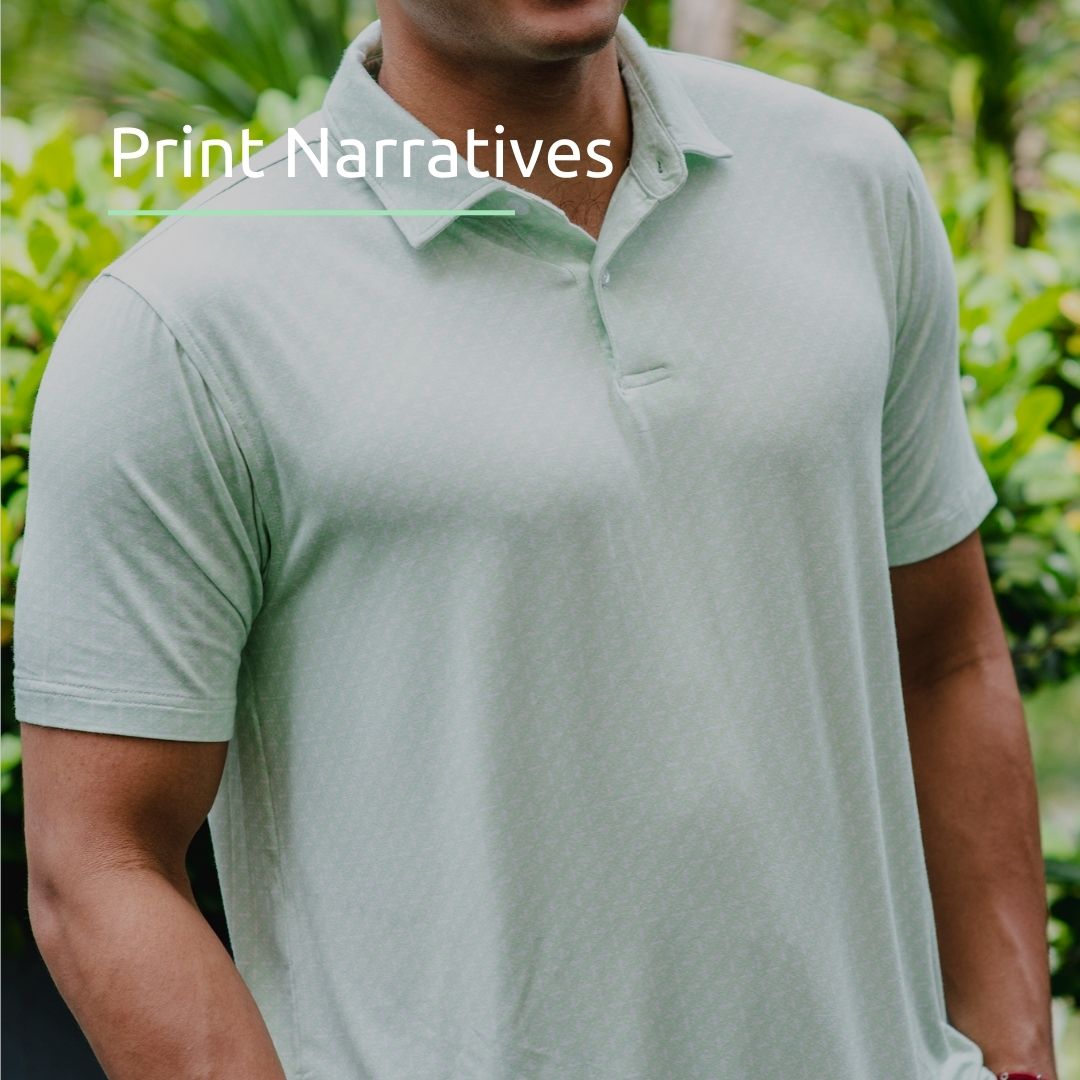Batik has deep rooted and shared cultural heritage in Malaysian and Indonesian history. The word “Batik” originates from Indonesia and is associated with the Malay word “titik” - which means dot and the Javanese word ‘Amba’- which means “to write”. Some historians believe there were examples similar to today’s batik in China, India and the Middle East around 2,000 years ago. Although this could have been developed independently, it is most likely the caravan trade route from the Malay archipelago to the Middle East that brought about this influence. However, the batik in the style we see today is from Indonesia, and reached its peak popularity in the mid 17th century where evidence was found of Chinese, Arab, Indian and European traders importing batik textiles from Indonesia.

Malay batik craftsmanship and design developments are highly influenced by Javanese technique. For instance, Malaysians originally used wooden blocks to produce batik-like textiles, which were later replaced by wax and copper blocks as introduced by Javanese batik craftsmen. This is largely associated with the trade relations between Malay peninsula and the Indonesian coastal cities. However, Malaysian batik designs are unique to Javanese ones as they tend to have larger patterns and lighter, more vibrant colours.

Occasions for a batik
Batik can be dressed up or down. Men often wear batik designs for formal occasions such as weddings, as mainstream prints are typically louder in both the colours used and size of patterns. Kualesa aims to provide a modern take on batik with our eco-friendly Batik Tribute Men's Polos, which are relatively more subtle in colour combinations and size of motif. Kualesa’s polos are also manufactured from bamboo fabric which introduce enhanced comfort and breathability. Furthermore, our Batik Tribute Men’s Polos ensure a stylish look for multiple occasions - whether it's for a smart-dressed event or as a golf polo for a casual round of golf.
Fashion and culture are deeply rooted into batik designs. It has become a proud tradition for people to wear batik on the 1st and 15th day of the month in Malaysia. In the face of modernisation, batik still remains close to every Malaysian’s heart and a staple in their wardrobe.

Role of batik today
Today, batik has inspired the work of many designers globally. The cultural practice of wearing batik garments has connected many countries in South East Asia including Malaysia, Indonesia, Thailand, Vietnam, Cambodia etc. In recognition of the cultural legacy of batik, it was named the UNESCO Intangible Cultural Heritage (2009) due to its “authenticity and deeply cultural values”. Thus, stakeholders are tasked with the responsibility of protecting this heritage for future generations. This ties in with Kualesa’s mission as an eco-conscious fashion brand to serve the needs of the present without compromising the needs of the future.



